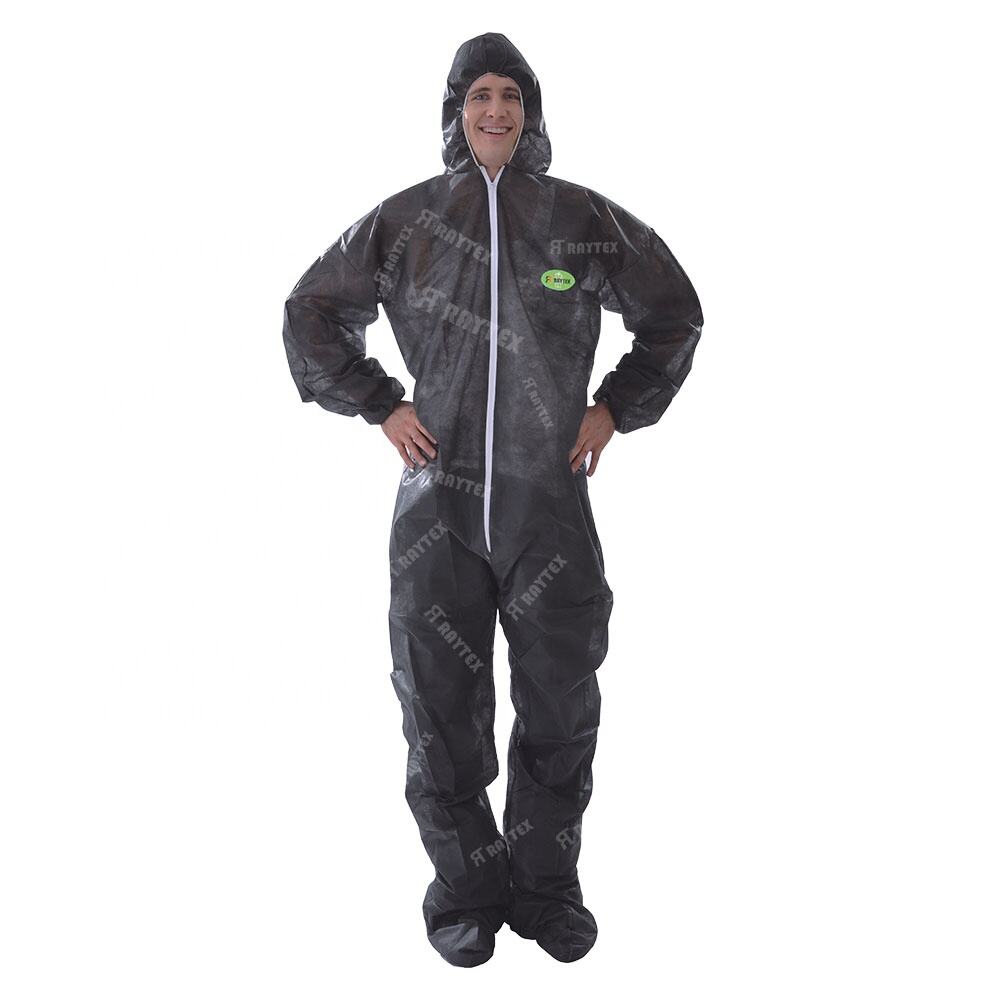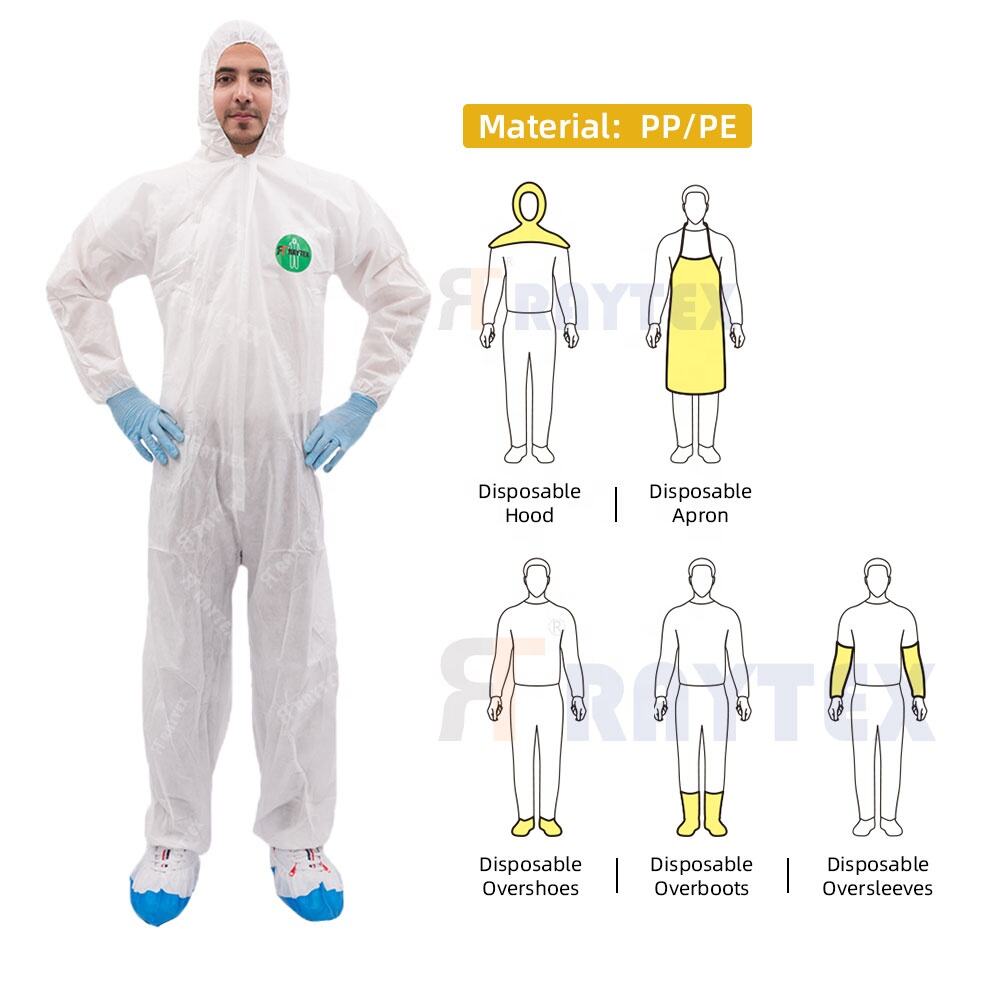Disposable nonwoven coveralls for agricultural work are specialized protective garments designed to shield farm workers from a range of hazards, including pesticides, fertilizers, animal waste, and particulate matter, while ensuring comfort during long hours in varied outdoor conditions. Constructed from lightweight, breathable materials such as spunbond polypropylene or SMS (spunbond-meltblown-spunbond) composites, these coveralls balance protection and mobility, critical for tasks like crop spraying, harvesting, and livestock handling. The nonwoven fabric repels liquids, preventing absorption of pesticides and manure, while allowing air circulation to prevent overheating in sunny or humid environments. Design features include a loose fit to accommodate movement, with elastic cuffs and waistbands ensuring a secure seal against dust and debris. A hood option protects against overhead exposure to pesticides or UV radiation, while a front zipper facilitates easy donning/doffing, even when wearing gloves. Reinforced stitching at the shoulders and knees enhances durability against abrasion from tools or rough terrain. These coveralls are disposable to minimize cross-contamination risks—for example, preventing the spread of plant pathogens between fields or zoonotic diseases from livestock. They align with Good Agricultural Practices (GAP) by reducing the need for laundering, which can spread chemical residues, and are often color-coded to distinguish between tasks (e.g., pesticide application vs. harvesting). Compliance with standards like EN 13034 (liquid resistance) and EPA guidelines for pesticide handlers ensures they meet safety requirements for agricultural chemicals. By using these coveralls, farms protect workers from skin irritation, chemical exposure, and infection, maintain crop and livestock health through reduced contamination, and demonstrate commitment to regulatory compliance, ultimately supporting productivity and sustainability in agriculture.


